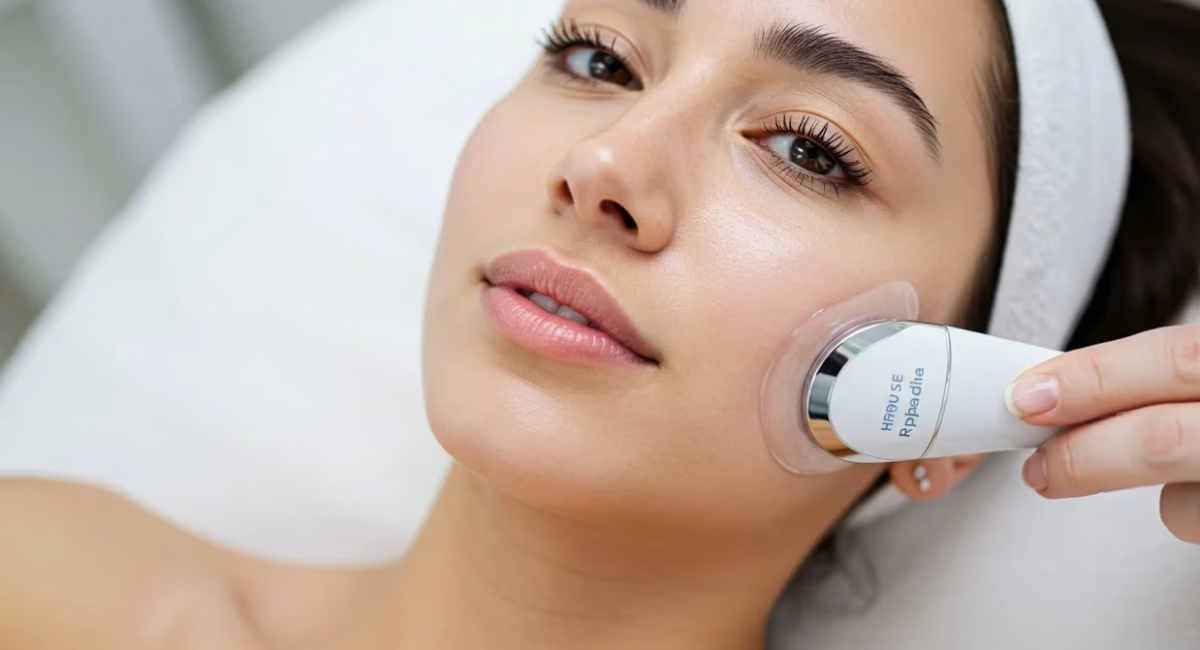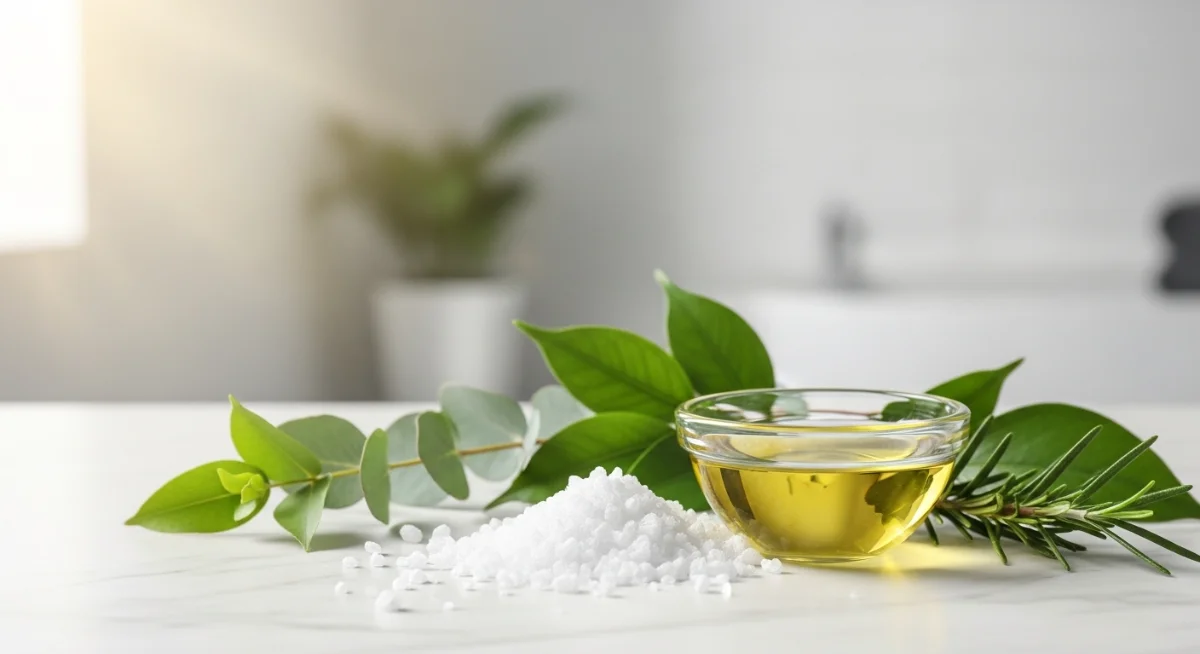Introduction
In the world of skincare, new treatments and facials are constantly trending. But one that has stood out in recent years for its popularity and effectiveness is the Hydrafacial. If you have come across the term but are still asking, “What is a Hydrafacial, and why is everyone talking about it?”—you’re in the right place.
This blog post will explain everything you need to know about Hydrafacials: how they work, their benefits, risks, cost, results, and whether they are truly worth the hype.
What is a Hydrafacial?
A Hydrafacial is a non-invasive facial treatment designed to deep clean, exfoliate, hydrate, and rejuvenate the skin. Unlike traditional facials, it uses a medical-grade hydradermabrasion device that combines cleansing, exfoliation, extraction, hydration, and antioxidant protection all in one.
The treatment has gained worldwide recognition because it is suitable for almost all skin types and requires no downtime. People often choose Hydrafacials before events like weddings, parties, or photoshoots because the skin looks instantly glowing, plump, and refreshed.
How Does a Hydrafacial Work? Step-by-Step Process
Hydrafacial treatments follow a multi-step patented process:
1. Cleansing and Exfoliation
- The skin is cleansed to remove impurities and dead skin cells.
- A gentle exfoliating serum is applied to smooth the skin’s texture.
2. Gentle Acid Peel
- A mild chemical peel (usually glycolic or salicylic acid) is used.
- Unlike traditional peels, it doesn’t cause irritation or redness.
3. Extraction with Vacuum Suction
- A painless suction tool clears blackheads, whiteheads, and clogged pores.
- Impurities are collected into a container (many clients are shocked to see what was removed!).
4. Hydration and Serum Infusion
- The device infuses the skin with hydrating serums, peptides, antioxidants, and hyaluronic acid.
- This replenishes moisture and gives an instant glow.
5. Protection and Glow
- A final layer of protection (antioxidant-rich serums and SPF) is applied.
- Skin feels smooth, clean, and visibly brighter.
Benefits of a Hydrafacial
Hydrafacials are popular because they offer immediate results without pain or downtime. Here are the key benefits:
- Deep Cleansing → Removes dirt, oil, and impurities from pores.
- Hydration Boost → Infuses skin with hyaluronic acid for plumpness.
- Even Skin Tone → Reduces dullness, hyperpigmentation, and discoloration.
- Anti-Aging Effects → Diminishes fine lines and wrinkles temporarily.
- Safe for Most Skin Types → Gentle enough even for sensitive skin.
- No Downtime → You can return to work or social activities right after.
- Customizable → Treatments can be tailored to acne, dryness, or anti-aging needs.
Risks and Side Effects
Although Hydrafacials are considered safe, you should still be aware of possible risks:
- Mild Redness: Temporary redness or sensitivity post-treatment.
- Breakouts: Rare but possible if skin purging occurs.
- Allergic Reactions: Some serums may not suit extremely sensitive skin.
- Pregnancy Caution: Not recommended for pregnant individuals without a doctor’s approval.
💡 Always consult a licensed dermatologist or aesthetician before booking your first Hydrafacial.
Who Should Consider a Hydrafacial?
Hydrafacials are versatile and ideal for:
- People with clogged pores or oily skin
- Those struggling with acne or blackheads
- Individuals noticing dullness or uneven texture
- People with fine lines and wrinkles
- Anyone preparing for a special occasion
However, if you have severe rosacea, active rashes, or sunburn, it’s better to wait until the skin heals.
How Often Should You Get a Hydrafacial?
- General Recommendation: Once every 4–6 weeks.
- For Acne-Prone Skin: Every 2–4 weeks (as recommended by a dermatologist).
- For Anti-Aging Goals: Monthly treatments can help maintain youthful skin.
Consistency is key—just like diet and exercise, skincare treatments show best results when maintained regularly.
Cost of a Hydrafacial
The cost of a Hydrafacial varies depending on the clinic, location, and additional upgrades.
| Type of Hydrafacial | Average Cost (USD) | Duration |
|---|---|---|
| Basic Hydrafacial | $150 – $200 | 30–45 min |
| Deluxe Hydrafacial | $200 – $250 | 45–60 min |
| Platinum Hydrafacial | $250 – $325+ | 60+ min |
💡 Pro tip: Some clinics offer packages for monthly treatments, which can lower the overall cost.
Results: What to Expect
- Immediate Results: Skin feels soft, radiant, and hydrated right after treatment.
- Short-Term Benefits: Lasts about 5–7 days for first-timers.
- Long-Term Benefits: With regular treatments, you can see improvement in skin tone, texture, and reduced fine lines.
Unlike harsh treatments, Hydrafacials don’t require hiding indoors afterward—you can even apply makeup the same day.
Hydrafacial vs Other Facial Treatments
| Treatment | Key Features | Best For | Downtime |
|---|---|---|---|
| Hydrafacial | Deep cleansing, hydration, gentle peel | All skin types | None |
| Microdermabrasion | Exfoliation with crystals | Rough texture, scars | 1–2 days |
| Chemical Peel | Strong exfoliation with acids | Pigmentation, wrinkles | Several days |
| Regular Facial | Manual cleansing & masks | Relaxation & mild results | None |
Hydrafacials stand out because they combine multiple techniques in one session while being gentle enough for sensitive skin.
How to Prepare for a Hydrafacial
Before your appointment:
- Avoid retinol, AHA/BHA serums, or harsh exfoliants 2–3 days prior.
- Skip waxing or laser treatments a week before.
- Stay hydrated and use a gentle cleanser.
After the treatment:
- Apply sunscreen daily.
- Avoid heavy makeup for 24 hours.
- Stay away from saunas, intense workouts, or direct sun exposure for a day.
Skin Care Tips for Healthy and Glowing Skin – A relevant internal page to guide readers on skincare routines.
Frequently Asked Questions (FAQs)
1. What is a Hydrafacial and why is it so popular?
A Hydrafacial is a non-invasive treatment that deeply cleanses, exfoliates, and hydrates the skin. It’s popular because results are instant with no downtime.
2. How long does a Hydrafacial last?
The glowing results last about 5–7 days, but with regular treatments, long-term skin improvements can be maintained.
3. Can Hydrafacials treat acne?
Yes, they help unclog pores and reduce oil buildup, but severe acne may require dermatologist-supervised treatments.
4. Is a Hydrafacial painful?
No. Most people describe it as a soothing and relaxing experience.
5. Can I do a Hydrafacial at home?
No. The professional machine and serums used in clinics are not available for at-home use. However, you can maintain results with a good skincare routine.
Final Thoughts
So, what is a Hydrafacial? It’s a safe, effective, and customizable skincare treatment that delivers instant results. Whether you’re looking to refresh your skin for an event or maintain long-term skin health, a Hydrafacial could be the solution.
With minimal risks, no downtime, and glowing results, it’s no surprise this treatment has become one of the most requested facials worldwide. Just remember to consult a licensed professional before starting, especially if you have sensitive or problematic skin.
American Academy of Dermatology – Hydrafacial Insights – A trusted dermatology source for readers seeking expert advice.







